Civilizations of the Americas Prehistory-1570AD
History
adobe
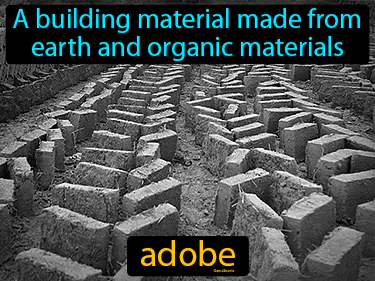
A building material made from earth and organic materials. Adobe. It is an ancient construction technique using sun-dried brick made from mud and straw.
ayllu
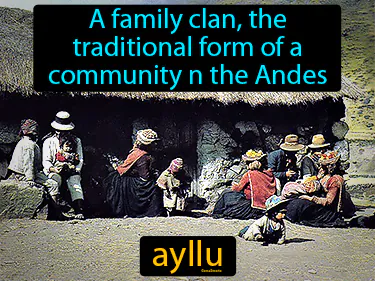
A family clan, the traditional form of a community in the Andes. Ayllu. In history, an ayllu was a social unit of related families that worked together to share resources and responsibilities in Andean society.
Cahokia
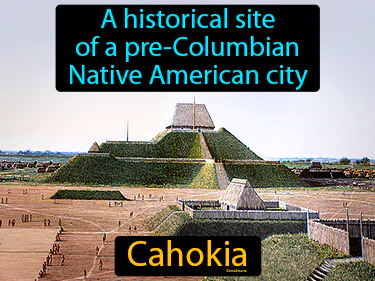
A historical site of a pre-Columbian Native American city. Cahokia. Cahokia was one of the largest and most complex ancient cities in North America, flourishing around 1000 AD.
Chavin
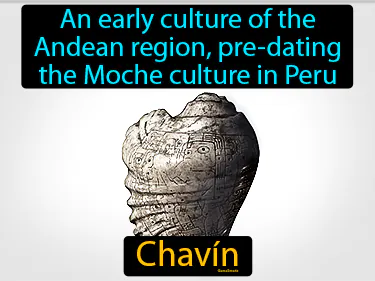
An early culture of the Andean region, pre-dating the Moche culture in Peru. Chavin. Chavin is an ancient civilization known for its art and architecture, which thrived in the Andean highlands of Peru around 900-200 BCE.
chinampas
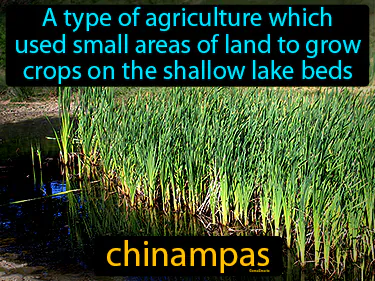
A type of agriculture which used small areas of land to grow crops on the shallow lake beds. Chinampas. Chinampas are an ancient Mesoamerican farming method where small, rectangular plots are created on lake surfaces to increase arable land.
Cuzco
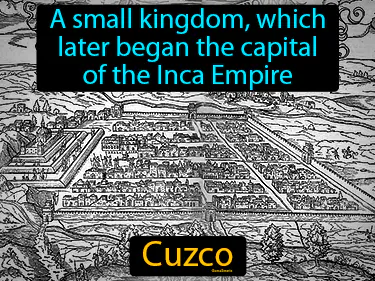
A small kingdom, which later became the capital of the Inca Empire. Cuzco. It served as the political, cultural, and religious center of the Inca civilization in South America.
earthwork
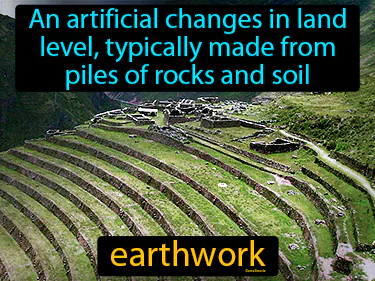
An artificial change in land level, typically made from piles of rocks and soil earthwork. In history, earthworks were often used as defensive structures or fortifications in battles and wars.
Huari
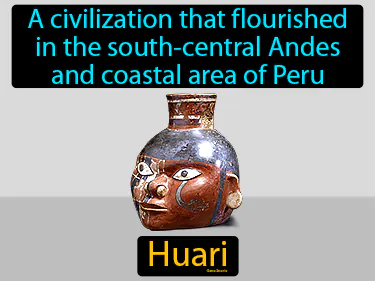
A civilization that flourished in the south-central Andes and coastal area of Peru. Huari. The Huari was an ancient Andean civilization known for its influence and urban development in pre-Columbian Peru.
Inti
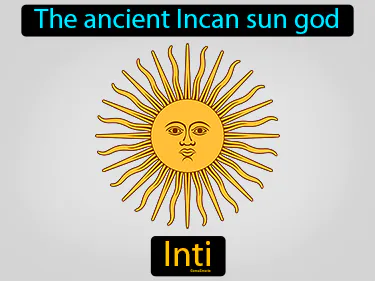
The ancient Incan sun god, Inti. Inti was the central deity of the Inca civilization, symbolizing the sun and considered vital to agriculture and prosperity.
Iroquois League
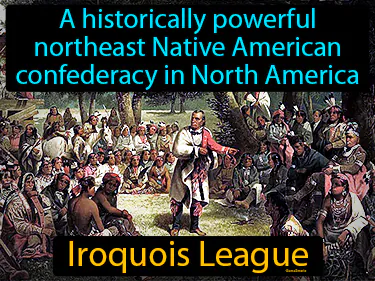
A historically powerful northeast Native American confederacy in North America. Iroquois League. The Iroquois League was a group of six Native American tribes that formed an alliance for mutual defense and cooperation.
kiva
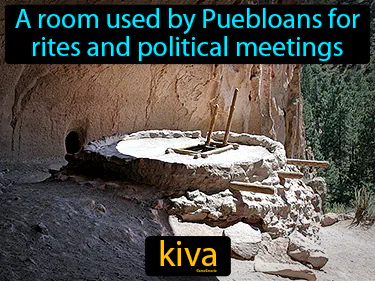
A room used by Puebloans for rites and political meetings. Kiva. A kiva is a ceremonial underground chamber used by Puebloans for religious and community gatherings.
maize
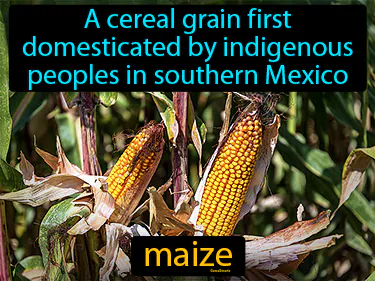
A cereal grain first domesticated by indigenous peoples in southern Mexico. Maize is an ancient crop that became a staple food in many civilizations throughout the Americas.
Mesa Verde
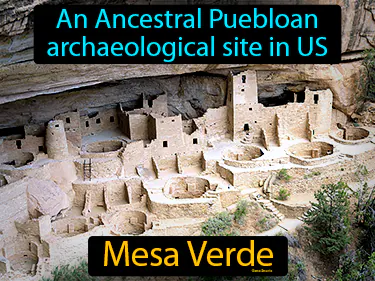
An Ancestral Puebloan archaeological site in US. Mesa Verde. Mesa Verde is a national park in Colorado known for its well-preserved cliff dwellings from the Ancestral Puebloan people.
Mesoamerica
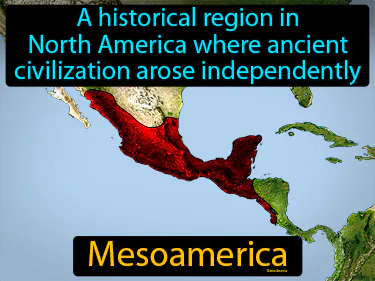
A historical region in North America where ancient civilization arose independently. Mesoamerica. It is a region where advanced civilizations like the Maya and Aztecs developed long before European contact.
Moche
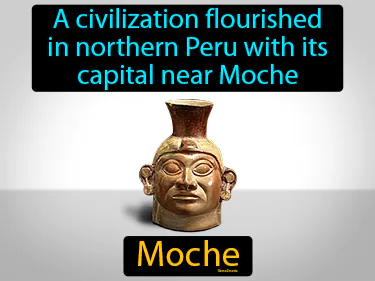
A civilization flourished in northern Peru with its capital near Moche. The Moche were an ancient civilization known for their advanced pottery and irrigation systems.
Nazca
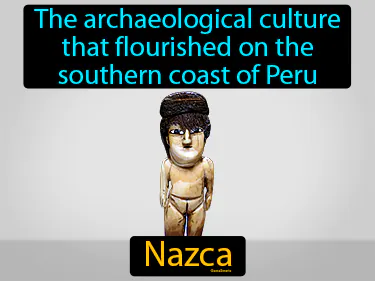
The archaeological culture that flourished on the southern coast of Peru. Nazca. Nazca is an ancient civilization known for creating the famous Nazca Lines, which are large geoglyphs in the desert.
Olmecs
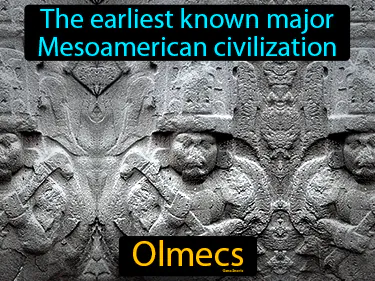
The earliest known major Mesoamerican civilization. Olmecs. The Olmecs were an ancient civilization in southern Mexico known for their massive stone heads and as the "mother culture" of later Mesoamerican societies.
Pachacuti Inca Yupanqui
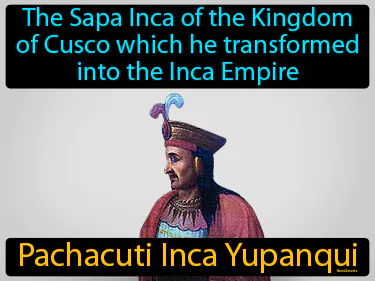
The Sapa Inca of the Kingdom of Cusco which he transformed into the Inca Empire. Pachacuti Inca Yupanqui. Pachacuti Inca Yupanqui was a powerful Inca ruler who expanded and organized the Inca Empire.
potlatch
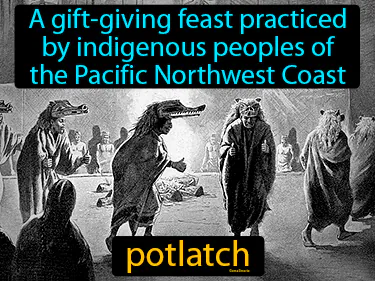
A gift-giving feast practiced by indigenous peoples of the Pacific Northwest Coast potlatch. Potlatch is a traditional ceremony where wealth is distributed to affirm social status and community bonds.
pueblo
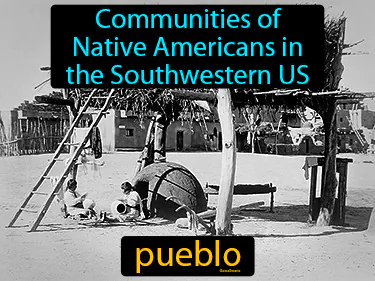
Communities of Native Americans in the Southwestern US. Pueblo. Pueblos are traditional adobe and stone structures where Native American communities, like the Puebloans, have lived for centuries.
Pueblo Bonito
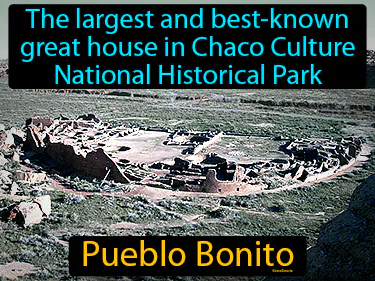
The largest and best-known great house in Chaco Culture National Historical Park. Pueblo Bonito. It is an ancient multi-storied Ancestral Puebloan building that served as a cultural and political center over a thousand years ago.
quipu

A recording device made from strings used by cultures in the Andean region. Quipu. A quipu is an ancient Incan tool used for record-keeping and communication, consisting of colored strings and knots.
Sapa Inca
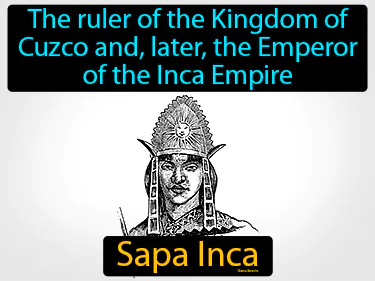
The ruler of the Kingdom of Cuzco and, later, the Emperor of the Inca Empire. Sapa Inca. The Sapa Inca was the title given to the emperor of the Inca Empire, who held absolute power.
stela
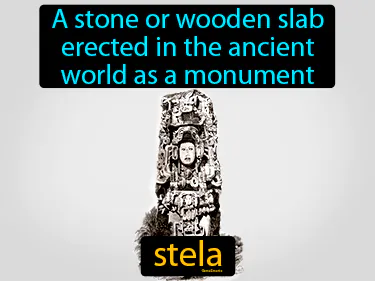
A stone or wooden slab erected in the ancient world as a monument. Stela. A stela is a vertical stone monument inscribed with text or carvings, often used in ancient times to commemorate significant events or individuals.
Tenochtitlan
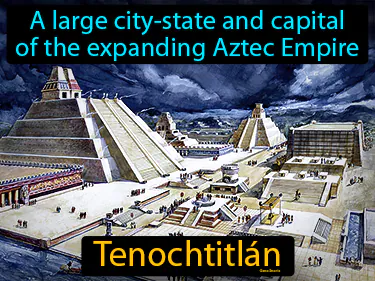
A large city-state and capital of the expanding Aztec Empire. Tenochtitlan. It was the bustling center and capital of the Aztec civilization, located in present-day Mexico City.
Teotihuacan
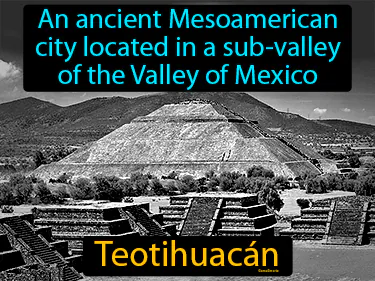
An ancient Mesoamerican city located in a sub-valley of the Valley of Mexico. Teotihuacan. Teotihuacan was a major city and cultural center in ancient Mexico, known for its impressive pyramids and mysterious origins.
Tiahuanaco
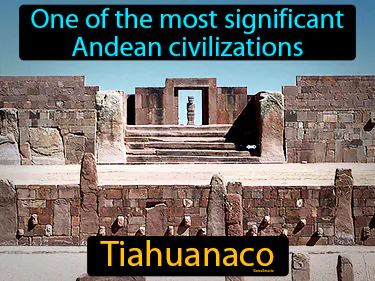
One of the most significant Andean civilizations Tiahuanaco. Tiahuanaco was an ancient city in present-day Bolivia known for its impressive stone architecture and influence on later cultures.
tribute
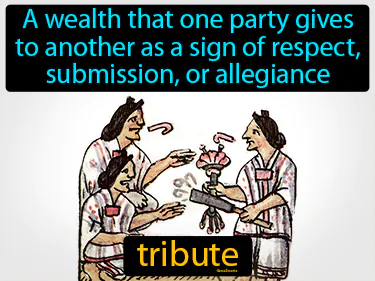
A wealth that one party gives to another as a sign of respect, submission, or allegiance. Tribute. In history, tribute is a payment or gift given by one nation or group to another as a sign of respect or to maintain peace and avoid conflict.
Valley of Mexico
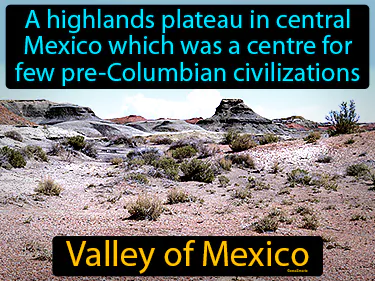
A highlands plateau in central Mexico which was a centre for few pre-Columbian civilizations. Valley of Mexico. The Valley of Mexico is an area where ancient societies, including the Aztecs, built powerful civilizations and cities like Tenochtitln.